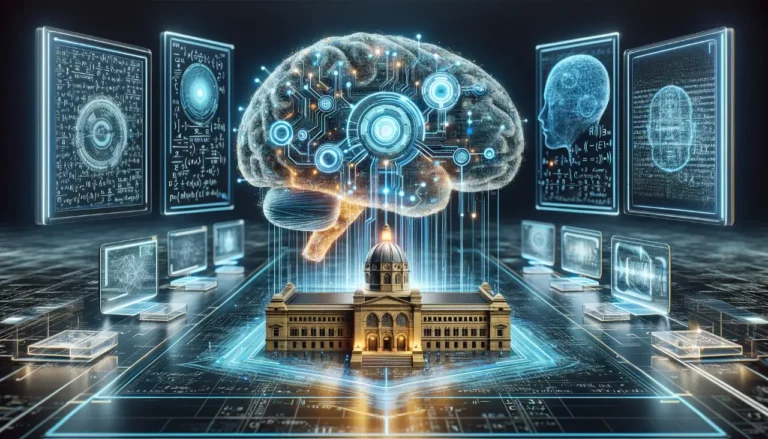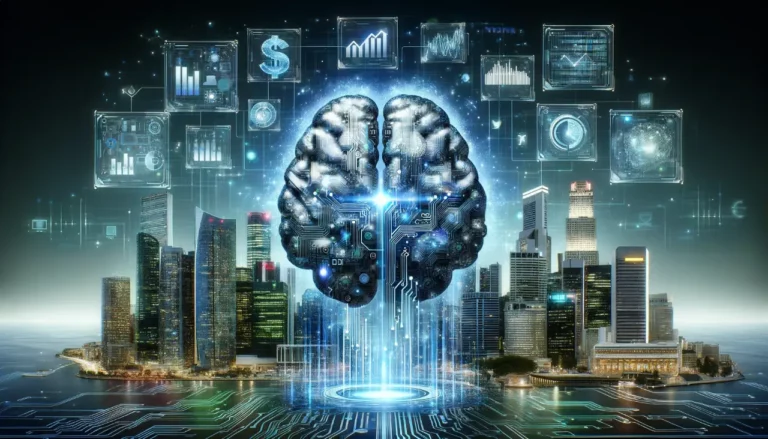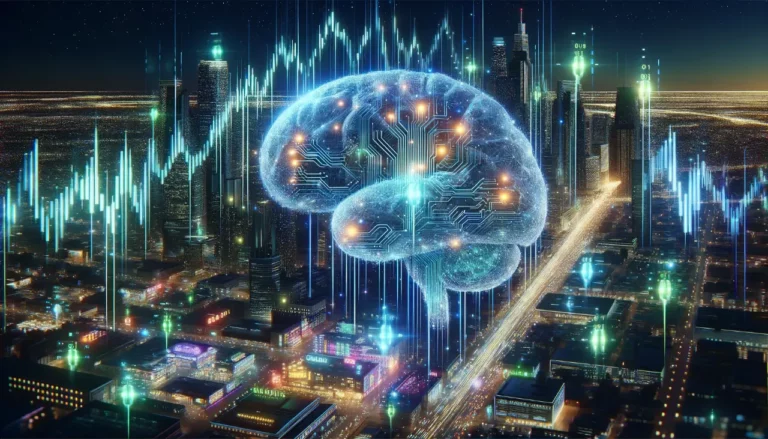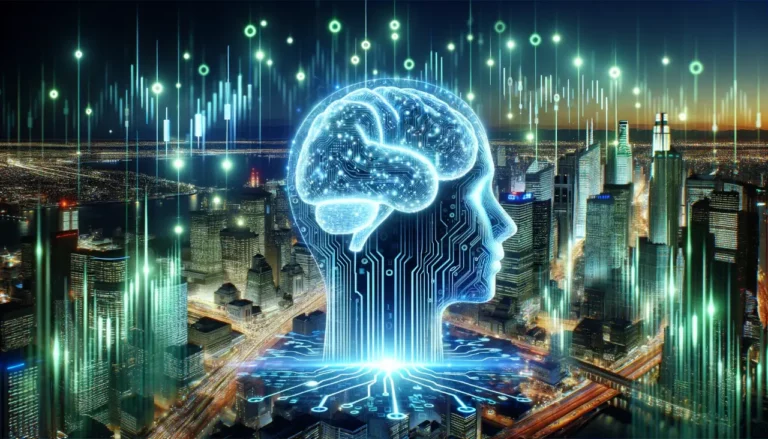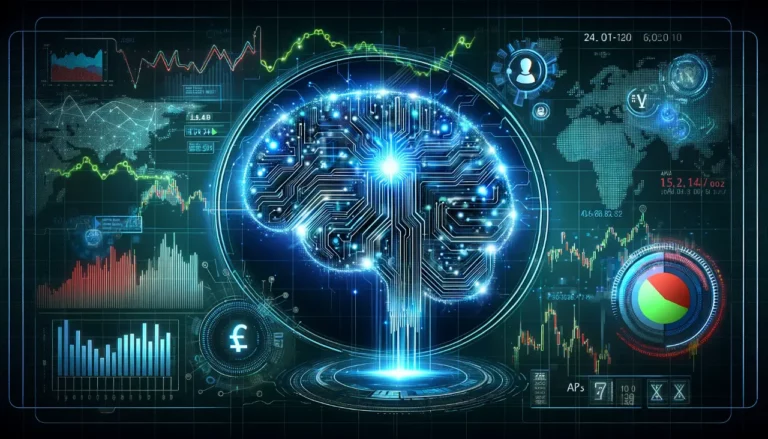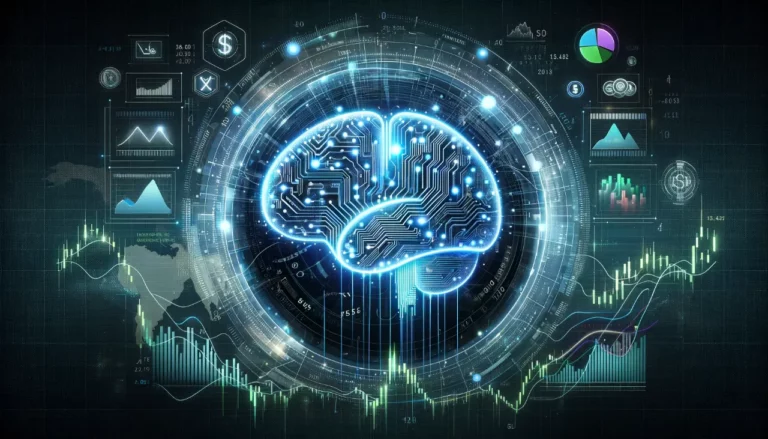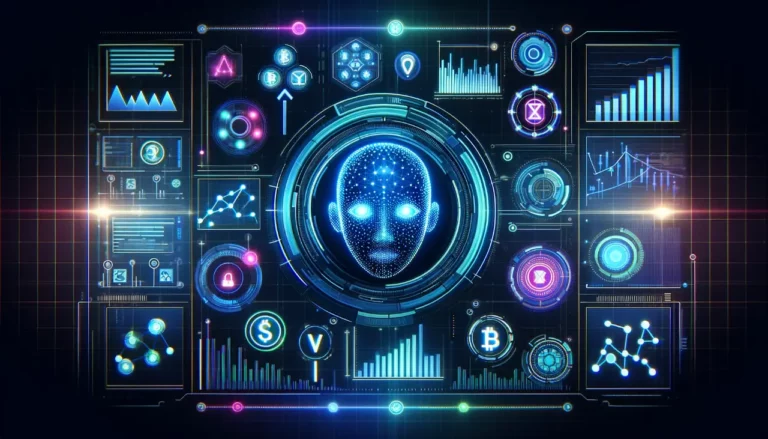In cybersecurity, AI has become a kind of Holy Grail. It has the power to dramatically increase efficiency and effectiveness of security solutions.
However, cybercriminals are leveraging AI technologies to create new and hard-to-catch malware. One example is the recent demonstration at Def Con of how changing just a few pixels can make malware fool antivirus software.
BRAIN
The BRAIN engine is the core of Bitdefender Antivirus, combining several unsupervised and supervised machine learning algorithms to aid malware analysis. The algorithm is trained to identify specific features of a virus, ransomware or other malicious files, and then it determines whether an unknown file is likely part of the same family.
This approach is far more efficient than traditional detection methods that rely on signatures to identify known malware. In addition, this technology prevents false alarms, such as tagging clean files as malicious.
Detects new malware and ransomware variants that bypass traditional detection systems. Blocks exploits, brute force attacks and other advanced threats targeting endpoints.
Ensures a fast, smooth and secure computing experience by conducting scans in the background without affecting system performance. Provides visibility into the threat landscape at the apex domain level, thanks to partnerships with Recorded Future and Threat Intelligence Sharing. Provides extra online safety for kids with Parental Control and a one-click device optimizer.
AI-powered Threat Intelligence
The AI engine gathers, analyzes and normalizes data from multiple sources. It then uses this to understand patterns of behavior and flag anomalies as potential security incidents.
This allows the AI to automatically detect and respond to threats that cannot be detected by humans. This provides a dynamic defense against cyberattacks and improves threat detection rates, reducing alert fatigue and enabling better risk management.
Anomaly detection also reduces time spent on manual investigation by alerting analysts to only significant deviations from the norm, minimizing false positives. This reduces the workload and frees up resources for more important tasks, like analyzing a full range of evidence to identify the source of an attack or verifying that it’s not simply a system malfunction.
The intelligence is further enriched by Mandiant’s state-of-the-art natural language processing pipeline for entity extraction, topic classification, machine translation and more. This is to help analysts understand why the AI arrived at a particular decision, improving trust and transparency—a requirement of modern cybersecurity solutions due to regulations and compliance standards.
AI-powered Detection
Artificial intelligence is a key component of cybersecurity solutions for detecting and identifying threats. These systems can identify anomalies, phishing and malware detection and other cyberattacks that human analysts might miss.
These AI technologies work by analyzing large amounts of data and finding patterns that may indicate a threat. They can also detect suspicious behaviour and alert cybersecurity professionals in real time.
Machine learning algorithms are used to train AI security tools on how to detect malicious activities. Unsupervised learning, inspired by the way the brain works, is one of the most popular approaches to this type of training. This algorithm analyzes patterns and learns from previous experience, enabling it to recognize potential threats more quickly than other methods.
Unfortunately, hackers are constantly evolving their attacks to evade detection by these systems. As such, these technologies are not a cure-all and should be used in conjunction with human expertise and collaboration. This will ensure that a strong cybersecurity defense strategy is implemented and will make it more challenging for attackers to succeed.
AI-powered Response
When a customer contacts your company with a question or issue, you can use AI to automate the response and send it to the right agent. Intelligent triage and workflow automation enable your team to scale and simplify support without adding additional resources.
We know it’s important for businesses to be able to follow review response best practices, so we developed our AI to help you do just that. We give our AI guidance on language and tone, so it can write responses that feel natural to your customers.
We also help you save time behind the scenes with macro suggestions for admins, which are new, AI-suggested shared responses your admins can create to reduce their ticket analyzing and resolution times. Using these smart macros will help you close tickets faster and provide consistently great service. This enables you to reduce ticket queues, cut wait times, and improve your company’s bottom line.


